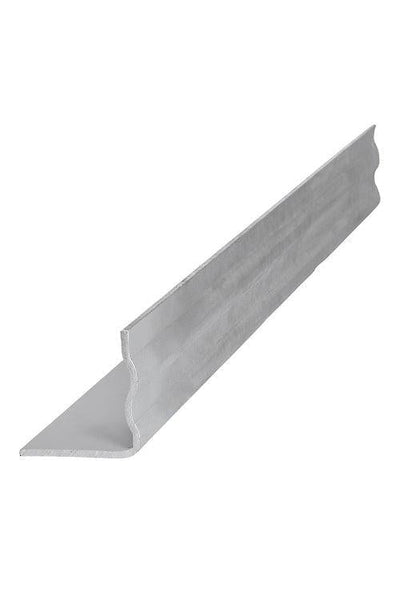Stainless Steel Grades & How To Use Them
You’re only as good as the materials you select, so understanding the difference between stainless steel grades can be the difference between a job well done and a job half done. Although its versatility, durability and affordability have led to an increase in stainless steel production around the world, you can’t just pick up any old piece of steel for your next project.
To help you get the most out of this incredible array of alloy metals, we’ll break down each stainless steel grade and the combinations of various metals that determine not just quality but its application.
What are the different stainless steel families?

The grade is just one aspect of distinguishing the different types of stainless steel alloys. Although we’ve touched on how steel is made, we have to talk about the four stainless steel families. Grouped into four families, stainless steel can be broken down based on the ratio of various metals in the alloy. The four families of stainless steel are:
-
Austenitic Stainless Steel: easy to work and weld, non-magnetic (unless cold worked) with excellent ductility, toughness and corrosion resistance.
- Ferritic Stainless Steel: improved corrosion resistance, rarely used in structural steel applications; all ferritic grades are magnetic.
- Duplex Stainless Steel: equal parts austenite and ferrite, duplex stainless steel is twice as strong and even more corrosion resistant. All duplex grades are magnetic.
- Martensitic & Precipitation Hardening Stainless Steel: high carbon content responds well to heat-treatment for high mechanical strength and hardness. Magnetic in all conditions.
What are the different grades of stainless steel?
This is where stainless steel can start to get a bit complicated. Globally, several grading systems are created by different international entities that help describe specific properties of the alloy, such as toughness, magnetism, corrosion resistance, and alloy composition of particular stainless steel. It’s a lot like the nutritional information on the side of a cereal box.
Although these standards and grading systems apply differently, all stainless steel alloys must adhere to strict chemical composition requirements. For example, 304 UNS S30400 Austenitic Stainless Steel under Australian standards, the Indicative Chemical Composition of S30400 Steels:
- 18% to 20% Chromium
- 8% to 10.5% Nickel
- 0.08% Carbon
- 2% Manganese
- 0.75% Silicon
- 0.045% Phosphorus
- 0.03% Sulfur
- 0.1% Nitrogen
How many grades of stainless steel are there?
If anyone wants to push the myth that all stainless steel is the same, just show them the list of all the different grades of stainless steel. About 30 stainless steel grades are commonly available in Australia, each with a different set of applications and uses. Two of the most popular stainless steel grades that we use at Steel Builders are 304 and 316.
304 Stainless Steel
The most common form of stainless steel is 304, thanks to its value for money, excellent corrosion resistance, and sanitisation ability. Popular for kitchens, bathrooms and laundry applications, we at Steel Builders use 304 stainless steel for our internal shower drains and grates and our stormwater orifice plates.
316 Stainless Steel
Second, on the most popular list is 316 stainless steel. Maintaining practically all the same physical and mechanical properties as 304, what sets this alloy apart is roughly 3% molybdenum for increased corrosion resistance, particularly against chlorides and other industrial solvents. For these reasons, we use 316 stainless steel for our external drain strainers and grates. If you’re keen to learn more about installing steel drainage channels in your backyard, then check out our building guide.
At Steel Builders, we are constantly creating smart solutions through our friendly customer service and quality workmanship. We are the leading structural steel supplier in the NSW domestic housing market, offering a complete package from CAD drafted shop drawings to painting, galvanising, and site installation if required. If you’re looking for experts in stainless steel fabrications for domestic or commercial applications, then get in touch with us today to discuss your next project.













